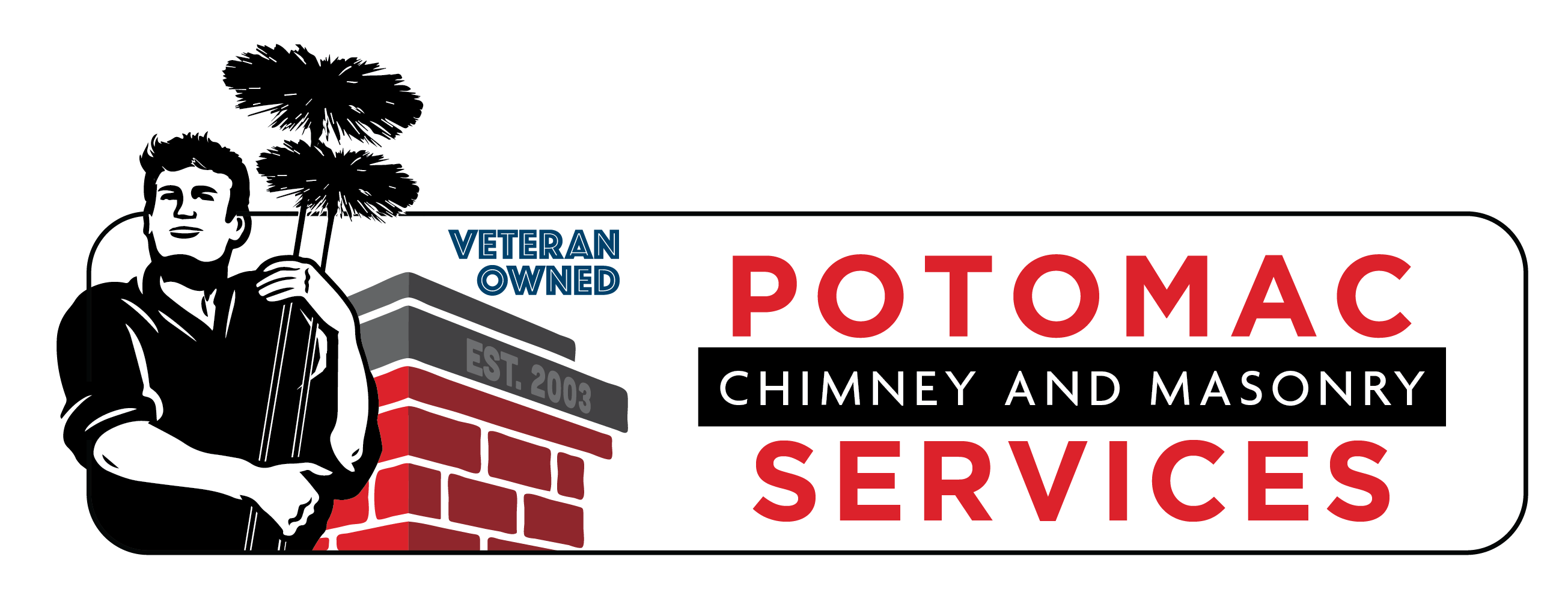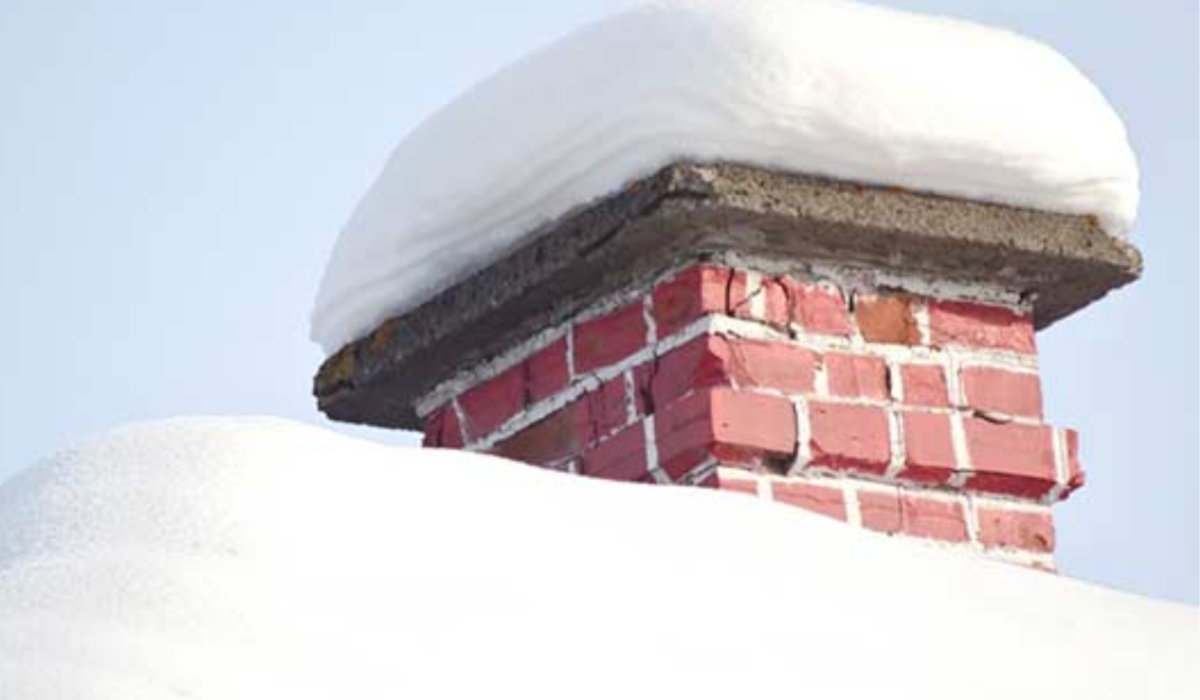- By Cathy Peterson
- Chimney Dangers, Chimney Inpection
- 0 Comment
Is It Safe for There to Be Snow on Your Chimney?
Winter transforms our neighborhoods into winter wonderlands with sparkling snow-covered rooftops. But for homeowners, the beauty of winter often comes with practical concerns. One question that might cross your mind is whether it’s safe to have snow on your chimney. Let’s dig into common concerns, the potential impact of snow, and steps you can take to keep your chimney safe during the chilly months.
Common Concerns About Snow on Chimneys
It’s natural to wonder if snow piling up on or around your chimney might cause damage. Questions like, “Will it hurt the structure?” or “Could this lead to expensive repairs later?” are valid. By understanding how snow interacts with your chimney, you can take steps to protect it and avoid unnecessary stress.
How Snow Affects Your Chimney’s Structure
Snow might seem harmless, but when it accumulates, it can pose structural risks to your chimney. Here’s how:
Weight and Pressure: Snow’s weight, especially when mixed with ice, can strain the chimney structure over time.
Freeze-Thaw Cycle: When snow melts and refreezes, the expanding ice can crack your chimney’s masonry. This leads to water damage, mold, mildew, or efflorescence (a chalky white residue).
Long-Term Wear: Left unchecked, these issues can weaken your chimney, requiring costly repairs.
Proper maintenance, like applying a crown coat sealant or ensuring adequate water repellency, can help mitigate these risks.
Does Snow Cause Fire Hazards?
Good news! Snow itself doesn’t pose much of a fire risk. When your fireplace is in use, the heat from flue gasses usually melts any snow that lands on the chimney. However, blockages from other sources, like creosote or debris, are a more significant concern. This is why regular cleaning is essential to ensure safe operation.
Snow and Alternate Heating Methods
If you rely on high-efficiency heating systems, snow can create unique challenges. These systems often use vent ducts located on the side or back of the house. Snow accumulating around these vents can block exhaust gasses, leading to serious risks like carbon monoxide buildup.
Tip: Regularly clear snow away from all heating system vents to maintain proper airflow and safety.
Winter Chimney Maintenance Tips
Keeping your chimney in good condition during winter doesn’t have to be complicated. Here are a few actionable steps:
1. Get an Annual Inspection
Annual chimney inspections are vital. They ensure your chimney is free from hazards like carbon monoxide risks or creosote buildup. A professional inspection can also detect energy inefficiencies in your fireplace.
2. Schedule a Professional Cleaning
Creosote buildup and soot can create serious fire hazards. Hiring a certified chimney sweep will keep your chimney clean and safe for use.
3. Install or Check Your Chimney Liner
A chimney liner protects the chimney walls from the corrosive byproducts of combustion and enhances your heating appliance’s efficiency.
4. Add or Inspect a Chimney Cap
A chimney cap is your first line of defense against snow, ice, and debris. It also prevents animals from nesting in your chimney. Check your cap’s condition or install a new one before winter fully sets in.
The Bottom Line
Snow on your chimney doesn’t have to be a problem if you’re proactive. By understanding the potential risks and addressing them through regular inspections, cleanings, and preventative measures, you can keep your chimney in excellent condition all winter long.
Need Help? Call the Pros!
At Potomac Chimney & Masonry Services, we specialize in keeping your chimney safe and functional year-round. With over two decades of experience, our veteran family-owned business is here to help you with inspections, cleaning, and repairs.
Contact us today to schedule an appointment and enjoy a worry-free winter season!

